i3S PhD student earns distinction
Researcher Diana Fonseca, student of the Doctoral Program in Biomedical Engineering at the Faculty of Engineering of the University of Porto, and working in the Bioengineered Surfaces group, was recently awarded the “Best poster presentation 2020” prize at the 33rd Workshop of the European Helicobacter and Microbiota Study Group.
Called “A deadly hug: chitosan microspheres functionalized with MSI-78A antimicrobial peptide kill Helicobacter pylori” the work of Diana Fonseca, supervised by Cristina Martins and Paula Parreira, focused on an alternative strategy to classic antibiotics for the treatment of gastric infection by Helicobacter pylori (H. pylori). This bacterium, present in 50% of the world population, is related to the appearance of gastritis, peptic ulcer, and certain types of gastric cancer. The available treatments, based on combinations of at least two antibiotics, fail in about 30% of patients. Because of it’s resistance to available antibiotics H. pylori is considered by the WHO as one of the bacteria that poses the greatest threat to public health.
In this work, explains Diana Fonseca, “antimicrobial peptides were used (peptides produced by different organisms in a defense or immune response context) whose bactericidal efficacy against H. pylori was previously demonstrated by our group. We know that in the gastrointestinal tract these peptides can undergo degradation and/or aggregation, which leads to a reduction in their effectiveness, but these disadvantages can be overcome by their immobilization on the surface of a biomaterial, in this case the chitosan microspheres”.
In order to “overcome gastric degradation after its oral administration”, add Cristina Martins and Paula Parreira, “these microspheres were cross-linked with biocompatible compounds to maintain their integrity in a pH range that mimicked the gastric environment”. Diana Fonseca clarifies that “when tested against a highly pathogenic human strain (H. pylori J99), these microspheres have a bactericidal effect after 2 hours”. The results of this study, the researchers conclude, “reveal the high potential of this innovative strategy for the eradication of H. pylori infection”.
A) Destructive effect of the microspheres developed on the morphology of the bacterium Helicobacter pylori; B) Helicobacter pylori (images obtained by scanning electron microscopy)
For the young researcher Diana Fonseca to have received an award in an area she likes so much, it represents “enormous pride”: “The recognition of this innovative strategy in this conference that’s so important for the area was very gratifying, not only for me but for everyone involved at work. And it is, without a doubt, an incentive to continue the studies and possibly manage to overcome one of the great difficulties that has been faced: resistance to classic antibiotics by this gastric pathogen”.

